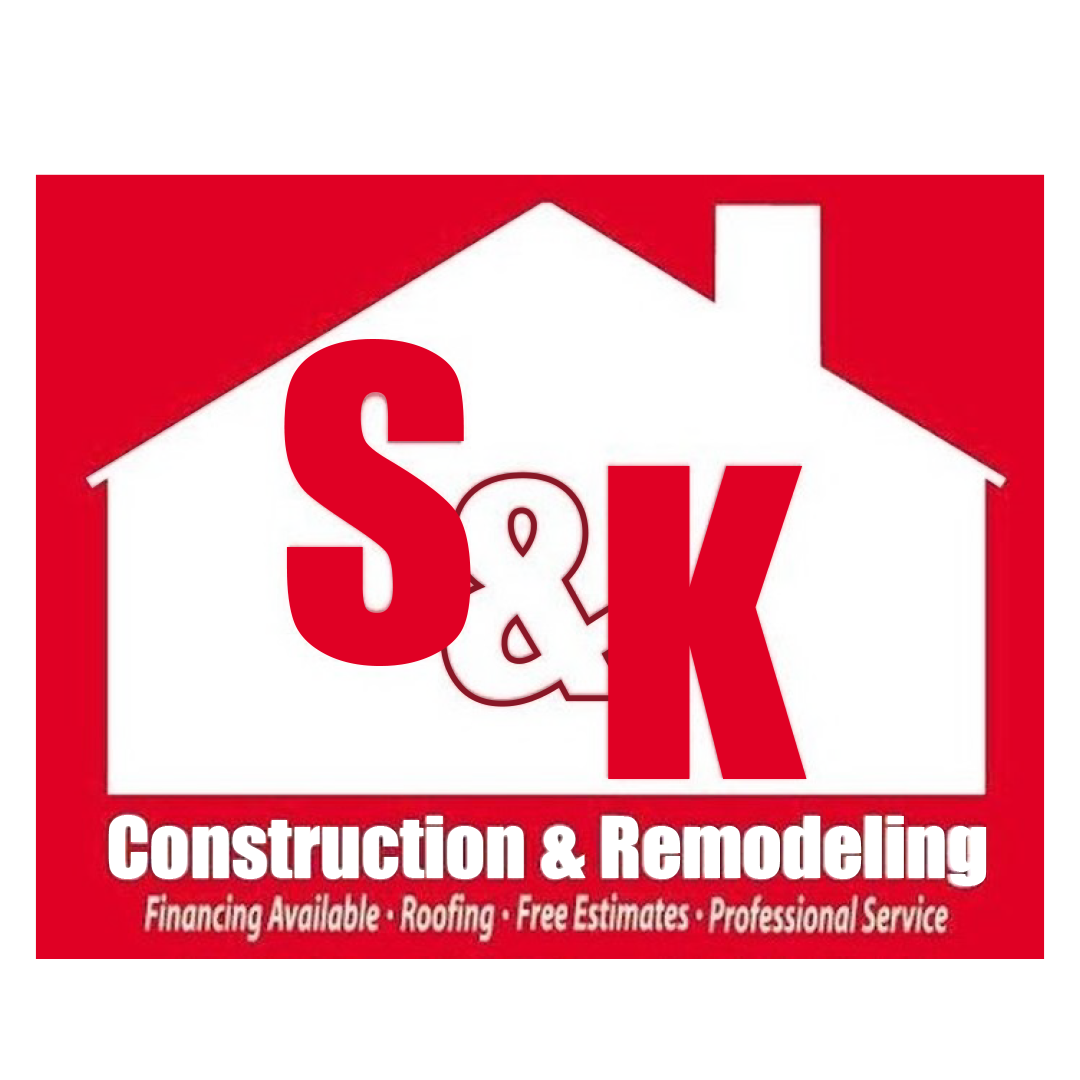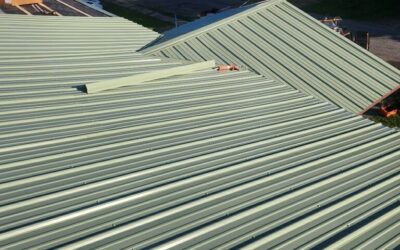Commercial Roofer Inspection: Your Complete 2025 Guide
A commercial roof inspection is essential for property managers, facilities directors, and building owners. Whether you’re preparing for maintenance, ensuring warranty compliance, or evaluating storm damage, a professional inspection protects your asset, reduces costs, and extends roof life. In this detailed guide, you’ll learn:
- Why inspections matter for commercial roofs
- How often to inspect them
- What an inspection includes
- Tools and techniques used (like infrared scans, core sampling, drones)
- Common issues found during inspections
- The inspection process step-by-step
- Safety requirements and fall protection
- How proper documentation helps with insurance
- Choosing a qualified commercial roofer for inspection
- How an inspection improves your ROI and property value
Table of Contents
- Why Commercial Roof Inspections Matter
- Inspection Frequency: How Often Should You Inspect?
- Early Benefits: Preventing Damage and Extending Lifespan
- What’s Included in a Comprehensive Commercial Roof Inspection
- Advanced Inspection Methods: Infrared Scans, Core Samples & Drones
- Typical Findings & Common Issues
- Inspection Process: Step-by-Step
- Safety Standards & Fall Protection for Roofing Technicians
- Reporting, Documentation & Insurance Benefits
- How to Choose the Right Commercial Roofer for Inspections
- Case for Biannual Maintenance Plans
- When to Schedule an Inspection (Timing Tips)
- Inspection-Driven Cost Savings & ROI
- FAQs & Common Misconceptions
- Final Thoughts: Protecting Your Roof Investment
1. Why Commercial Roof Inspections Matter
A commercial roof is one of the most important parts of your building—it protects inventory, equipment, employees, and operations. But problems can be invisible until they’re severe. Regular inspections help detect issues before they escalate.
A well-maintained commercial roof can avoid premature failure and save substantial repair or replacement costs. Inspections also ensure compliance with warranty conditions, building codes, and insurance policies.
2. Inspection Frequency: How Often Should You Inspect?
Experts recommend inspecting commercial roofs at least twice a year—typically in spring and fall. Seasonal changes bring unique stressors: winter snow and freeze-thaw cycles, summer UV exposure, and storm-related damage.
Additionally, schedule inspections:
- After severe weather events (hail, high winds, heavy snow)
- Before or after rooftop equipment work (e.g., HVAC, solar installations)
- When preparing to buy, sell, or lease a property
3. Early Benefits: Preventing Damage and Extending Lifespan
Routine inspections deliver several advantages:
- Catch minor issues early (cracks, loose flashing, ponding), saving major repair costs
- Extend roof lifespan—even by up to 10 years—for systems designed to last 15–50 years
- Boost energy efficiency by identifying insulation gaps and heat escape areas
- Maintain safety and compliance, removing hazards like loose materials, puddles, or mold
4. What’s Included in a Comprehensive Commercial Roof Inspection
A full inspection typically covers:
Exterior/Roof Surface
- Check for ponding water, blistering, tears, vegetation, debris accumulation
- Inspect seam integrity and membrane adhesion
Roof Perimeter & Edge Details
- Inspect flashing, coping, termination bars, counterflashing, parapet walls
Gutters, Scuppers & Drains
- Ensure drainage systems are clean and functional to prevent ponding and overflow
Roof Penetrations & Flashing
- Examine vents, skylights, HVAC curbs, duct supports—look for cracks or sealant failure
Interior Inspection
- Check ceilings, attics, crawl spaces for stains, mold, wet insulation, sagging deck
Safety Features & Edge Protection
- Inspect fall protection setups, guardrails, walkways and signage for compliance
5. Advanced Inspection Methods: Infrared, Core Sampling & Drones
Infrared Moisture Scans
Often conducted at night, these detect hidden moisture by temperature differences in insulation or roof materials.
Core Sample Analysis
By extracting sections of the roof, inspectors assess layer count, deck condition, and insulation saturation levels.
Drone-Assisted Inspection
Drones offer improved access to large or unsafe roofs. Still, professionals typically follow up with physical walks for precise detail checks and measurements.
6. Typical Findings & Common Issues
Here are issues that often emerge during inspections:
- Ponding water due to slope or clogged drains
- Blistering or membrane shrinkage
- Cracked, loose, or corroded flashing and sealants
- Vegetation growth, bird nests, or debris buildup
- Rust on metal components
- Interior signs like mold, peeling paint, stains, insulation damage
7. Inspection Process: Step‑by‑Step
Preparation & Planning
- Schedule inspection with clear roof access
- Review historical roof age, prior repairs, and warranty documents
Exterior Walk-Through
- Clear debris, inspect drains and gutter performance
- Walk roof surface carefully, noting defects
- Capture detailed photographs and thermal images
Advanced Analysis (if needed)
- Perform infrared scans at night or during cooler hours
- Take core samples for deck and insulation evaluation
- Fly drones for overview imaging and hard-to-reach zones
Interior Survey
- Inspect interiors for moisture indicators and insulation damage
Reporting
- Provide a comprehensive report with photos, descriptions, prioritized recommendations, and cost estimates
8. Safety Standards & Fall Protection
Since roofing is high-risk work, commercial inspections must comply with OSHA safety standards. This includes using:
- Fall protection harness systems (PFAS)
- Guardrails or safety nets at roof edges
- Warning line systems or safety monitoring for low-slope roofs
- Properly maintained ladders and edge protection gear
A qualified roofing inspector should follow all applicable safety protocols for themselves and building occupants.
9. Reporting, Documentation & Insurance Benefits
A professionally documented inspection report offers:
- Detailed documentation for insurance claims, especially after storm events
- Evidence of routine maintenance to preserve warranty and insurance coverage
- Written records of roof condition over time
- Recommendations to develop a proactive maintenance plan
Insurance providers often require inspection reports to approve claims or renew policies.
10. How to Choose the Right Commercial Roofer for Inspections
Look for:
- Certifications or independent inspectors, unrelated to roofing sales operations
- Previous experience with inspecting commercial roofing systems
- Use of advanced tools: IR cameras, drone tech, core drills
- Insurance and safety compliance credentials
- Clear, itemized reports with visual evidence and recommendations
Avoid relying on free estimates from contractors without independent inspection credentials, as conflict-of-interest can lead to unnecessary roof replacements.
11. Case for Biannual Maintenance Plans
Maintenance plans including biannual scheduled inspections are ideal for commercial roofs. These programs typically include:
- Spring and fall inspections
- Debris removal and drain clearing
- Minor repairs of flashing, sealants, and seam integrity
- Documentation logs and follow-up reminders
This structured approach minimizes reactive repairs, maintains warranty compliance, and helps forecast future costs.
12. When to Schedule an Inspection (Timing Tips)
Spring Inspection
Uncovers winter damage: ice, compacted snow, ponding from thaw cycles.
Fall Inspection
Prepares for winter weather: checks drain performance, sealants, weak spots.
Post-Storm
Especially after hail, tornadoes, or high winds—assess for damage even if no leaks yet show.
Pre-Equipment Installations
Before rooftop mechanical or solar panel work, inspect and verify existing roofing integrity.
13. Inspection‑Driven Cost Savings & ROI
Routine inspections can yield substantial ROI:
- Early repair vs. major replacement saves thousands
- Avoid structural damage that disrupts operations or equipment
- Lower insurance premiums and more successful claims
- Extended roof lifespan—saving years on replacement cycles
Studies suggest that up to 85% of commercial roof failures stem from neglecting inspections and maintenance.
14. FAQs & Common Misconceptions
Q: Do I really need to pay for an inspection if a roofer offers a free quote?
A: Yes—independent, unbiased inspections prevent unnecessary replacements and catch issues contractors may overlook.
Q: Can I perform roof inspections myself?
A: While basic visual checks can be done, professional inspections use specialized tools and follow safety standards to ensure thorough assessments.
Q: How soon after installation should I schedule the first inspection?
A: It’s recommended to have an inspection within the first year to catch any early installation issues.
15. Final Thoughts: Protecting Your Roof Investment
A commercial roof inspection is a smart, cost-effective way to protect your building and business. Through routine inspections, proper documentation, and timely maintenance, you can extend your roof’s lifespan, reduce repair costs, and maintain safety and compliance.
Invest in professional, comprehensive inspections to maximize your roof’s performance and safeguard your property for years to come.
If you’d like, I can help tailor this blog further for your company or specific service areas! Would you want that?
 (440) 307-2060
(440) 307-2060

